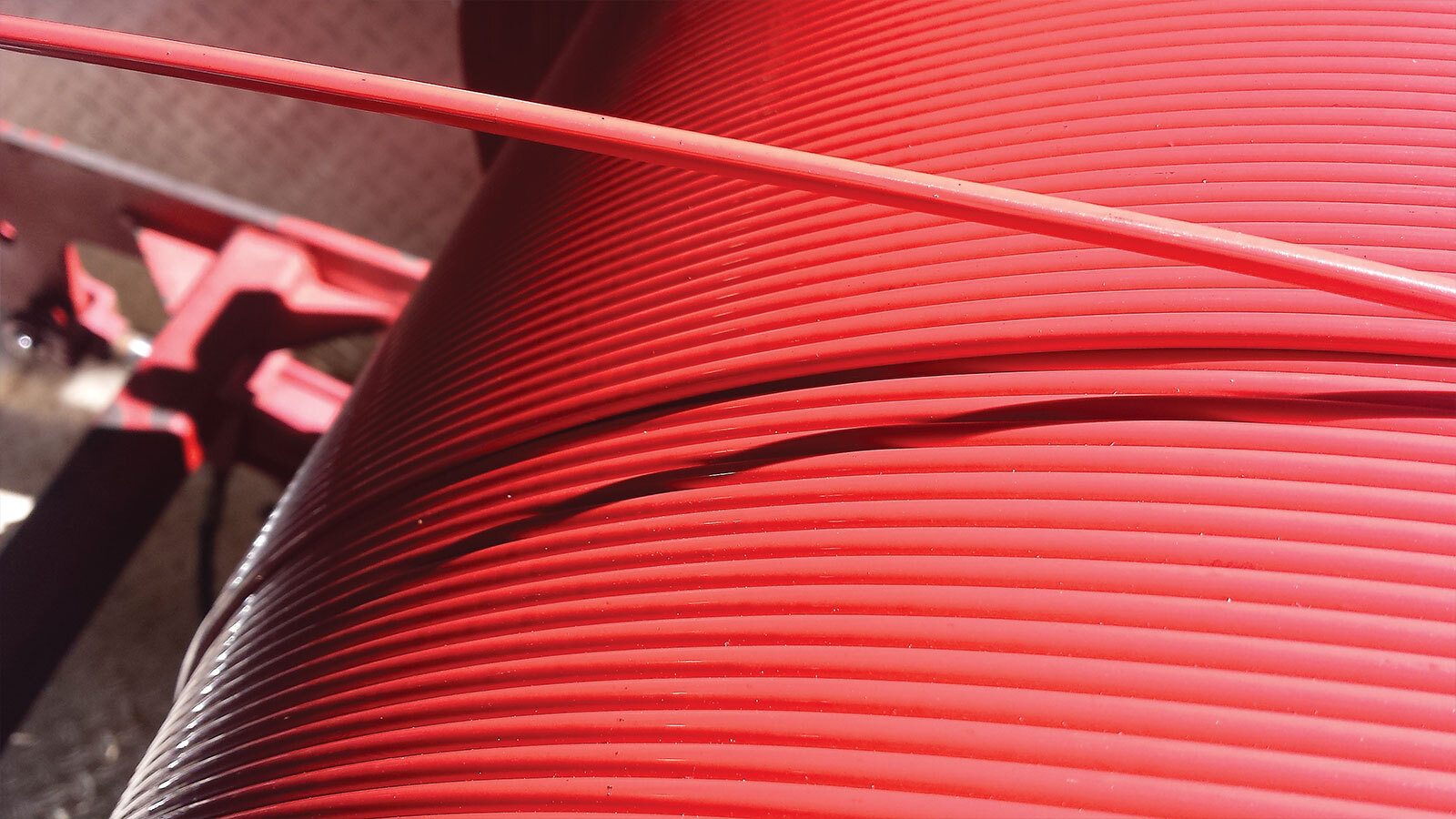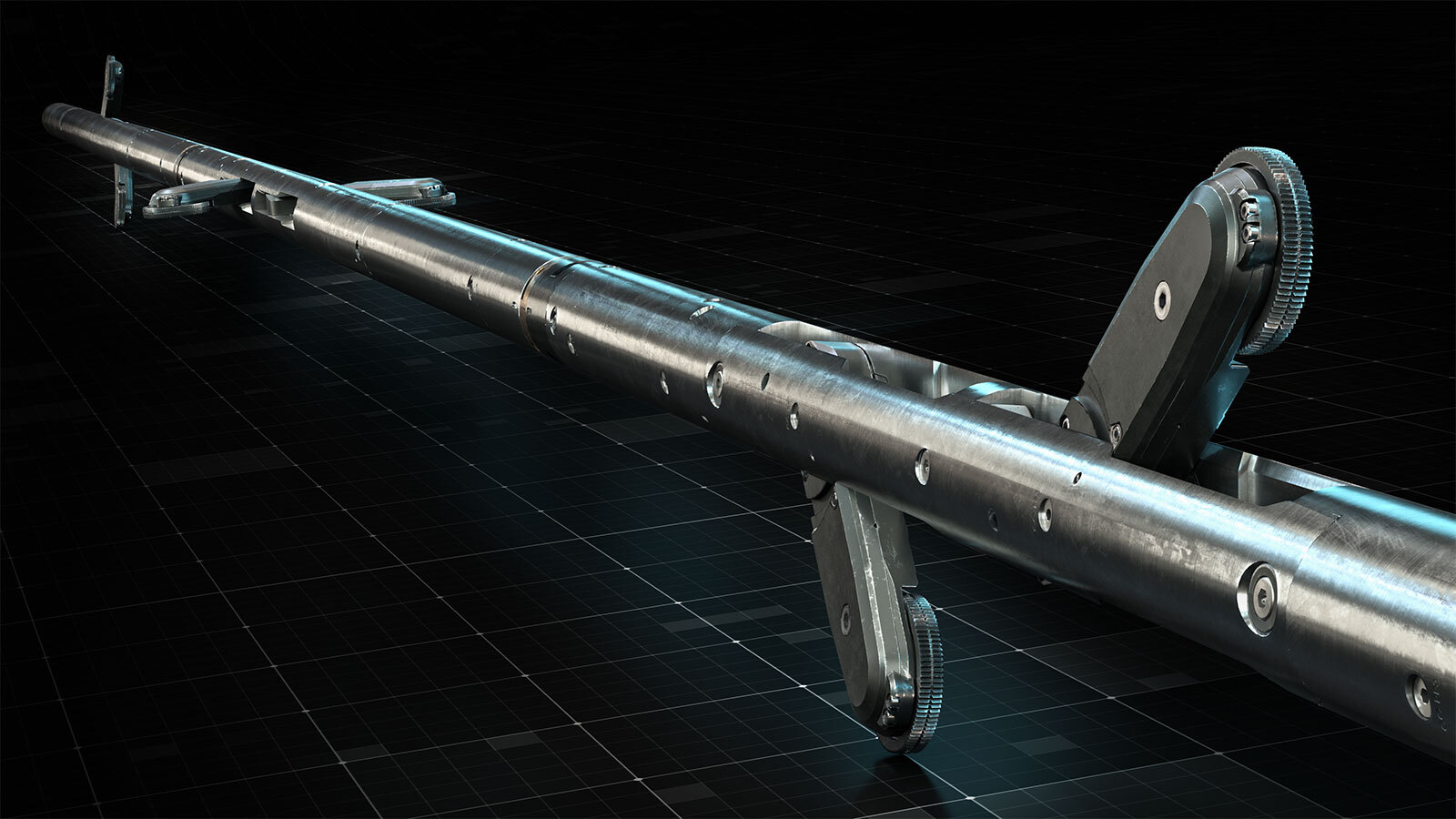 Search
Search
 Search
Search
ClearTrac® tractor system successfully deploys shale barrier assessment tools in highly deviated well section
Download PDFMature Fields

Perform a shale barrier evaluation on a section for an ongoing P&G operation

North Sea, United Kingdom Sector
During ongoing plug and abandonment (P&A) operations, a UK North Sea operator needed to confirm if a particular shale formation behind the 9 5∕8-inch casing would provide an effective P&A barrier. Halliburton recommended a solution to obtain and analyze the necessary data, and to provide a means of testing any suitable zones highlighted from the data analysis.
The well section in question was a highly deviated section (72°), meaning that any deployment by gravity alone would be unachievable. Additionally, a restrictive deck footprint meant that any option would need to fit in with a busy rig that had ongoing subsea P&A operations. Good-quality data would be required for immediate specialist analysis and identification of suitable shale barrier zones behind the 9 5∕8-inch casing to enable a real-time isolation barrier solution that could be implemented and verified.
Deployment modeling confirmed that challenges could be encountered that would prevent a standard tool string from reaching the required depth. It was determined that tool deployment with the Halliburton ClearTrac tractor system would be the most efficient method, should deployment assistance be required in the well.
Halliburton CAST-M™ and CBL-M tools, along with its multi-finger imaging tool (MIT), were selected to gain all the necessary data in a single pass in order to effectively identify and evaluate any shale barrier zones behind the 9 5∕8-inch casing. Deployment on mono-conductor e-line ensured a minimum footprint on the rig.
The Halliburton Formation and Reservoir Solutions team recommended utilizing its advanced cement evaluation, barrier assessment analysis, and casing inspection services to provide fast-turnaround information so that immediate decisions could be made regarding this well barrier solution.
Halliburton tubing-conveyed perforating (TCP) and completions teams proposed a combined tool string for an efficient isolation barrier pressure test.
To diagnose areas
Feet deployment
Hours future rig time savings per well
The shale barrier evaluation tool string was successfully deployed without any downhole tool issues. The ClearTrac tractor system was required for deployment to depths from 6,500 feet to 8,400 feet (1981 meters. to 2560 meters). The logging data was transmitted onshore to the Halliburton Formation and Reservoir Solutions team for immediate analysis.
Areas of shale contact with the pipe wall across the uncemented zone were diagnosed in under 4 hours by integrating the casing inspection and cement evaluation. A zone was also selected to perform a communication test.
To verify the shale contact zone, the TCP offshore team prepared a combined perforating/RTTS® test packer tool string. The TCP string consisted of two fully loaded guns, featuring a 4 5∕8-inch outside diameter (OD) and 22-foot (6.7-meter) length, at the top and the bottom of the gun string, spaced out 100 feet (30.5 meters) apart by using spacer guns, and a drop-ball firing head as means of gun activation. The TCP guns were then placed on the correct perforating depth by pipe tally. A steel ball was then deployed from surface into the string to land in the firing head. Then, with the application of surface pressure in the drillstring, the guns were initiated. The RTTS packer above the guns was lowered and set in position between the perforated zones. Subsequent pressure testing confirmed an effective shale barrier behind the 9 5∕8-inch casing that would enable the final cement plug to be set inside the casing.
This Halliburton solution enables the operator to save 34 hours of rig time on future operations.

With the RELAY digital slickline system, you can improve well intervention efficiency, reduce uncertainty, and minimize environmental impact.

The ClearTrac tractor service is the most advanced wireline conveyance technology on the market for highly deviated or horizontal wells.
